Key points
Charged objects can dischargeWhen a charged object becomes uncharged. This may happen by earthing it. suddenly, forming an electrostatic sparkWhen electrons jump from a charged object to a nearby conductor. A bright flash of light can often be seen. .
Electrostatic sparks can happen when a charged object is brought close to an earthed insulatorA material that does not allow current to flow through it easily, eg wood or glass. .
Normally electrostatic sparks are very small. If the object has a lot of charge, then these sparks can be hundreds of metres long.
Sparks can occur between charged objects and people.
Video - Static electricity
Sometimes when you touch something metal, you can get a little electric shock, even if it’s not connected to a power source. And it’s all because of static electricity.
Static electricity is a build up of electric charge on an object, and it can have some pretty strange effects.
See, everything around us is made up of atoms which have a positively charged nucleus surrounded by negatively charged electrons. Normally, the positive and negative charges cancel out because there are the same number of each. So the atom has no overall charge - it is neutral.
But when you rub one, neutral, electrically insulating object against another, some of the electrons are transferred across, leaving an excess of negative charge on one of the objects, and a deficit on the other.
The combination of charges in nearby objects can create attractive or repulsive forces. These are non-contact forces, so the objects don’t need to touch.
Opposite charges will attract.
And like charges will repel.
When I rub this balloon on a jumper, it becomes negatively charged. Holding it near this uncharged wall, it repels the electrons near the surface, leaving a slight positive charge, which allows it to stick.
This Van de Graaff generator helps to build up electrical charge so we can see its effects. Electrons are picked up by the rubber belt and transferred into this conductive metal dome, and anything that’s touching it. Like these aluminium pie cases from my recycling bin!
Negative charge flowing into the pie cases causes them to repel one another. But without any way for the charge to escape, it builds up in the dome.
You can discharge a charged object by giving it a way to drain its electrons into the ground, like via this conductive rod.
There it goes! A spark forms as the electrons jump across the gap. And that’s why you sometimes get a static electric shock.
Can you answer these questions based on the video?
What happens when you rub a balloon on a jumper?
How can a charged object be discharged?
The balloon becomes negatively charged.
A charged object can be discharged by giving it a way to drain its electrons into the ground.
Discharging objects
Objects can be charged by friction.
Over time, the charge that builds up on an object will 'leak away' as the charges are transferred through the air. When this happens it means the object has discharged.
Air is not a good conductor so the charges ‘leak away’ slowly.
The rate at which an object becomes discharged depends on a range of factors including humidityThe amount of water vapour in the air. Electrostatically charged objects naturally discharge much more quickly on humid days. , air pressure and temperature.
Find out how objects can discharge by trying the balloon experiment further on in this guide.
How much charge?
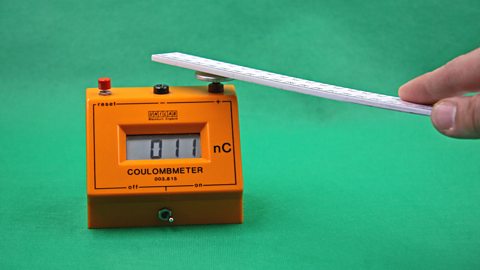
A coulombmeter shows the amount of charge, and whether it has a positive or negative charge.

The amount of charge is measured coulombs C.
One coulomb is a very large amount of charge.

Did you know?
It would take approximately 6,000,000,000,000,000,000 electrons to have a charge of -1 C.

We often need to use much smaller amounts of charge than 1 Coulomb
Example 1
1 milli coulomb (1 mC ) is a thousandth of a coulomb.
There are 1000 milli coulombs in 1 coulomb.
1 mC = 0.001 C
or
1 x 10 ⁻³ C.
Example 2
1 micro coulomb (1 𝜇C) is a millionth of a coulomb.
There are 1,000,000 micro coulombs in 1 coulomb.
This can be written as:
1 𝜇C = 0.000 001 C
or
1 x 10 ⁻⁶ C
Example 3
1 nano coulomb (1 nC) is a billionth of a coulomb.
This can be written as:
There are 1,000,000,000 nano coulombs in 1 coulomb. So a nano coulomb is a very small amount of charge.
1 nC = 0.000 000 001 C
or
1 x 10 ⁻⁹ C
Electrostatic sparks
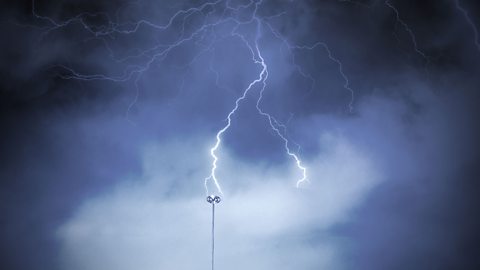
When an object has enough charge, a spark can occur. This happens when the following three events occur:
The earthed conductor approaches the charged object.
Charges ’jump’ quickly across the gap between the charged object and the earthed conductor.
The object discharges in a fraction of a second.

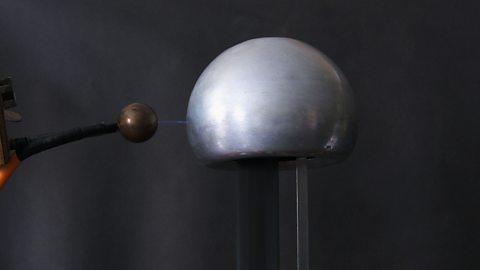
How people can become charged
People sometimes become charged when they scuff their feet on a carpeted floor as they walk.
There is frictionA force which acts against the movement of an object. between the shoes and the carpet. Charging by friction occurs when insulatorA material that does not allow current to flow through it easily, eg wood or glass. are rubbed together.
Electrons are transferred from one object to the other. For example, electrons transfer from the carpet to the shoe.
The shoe has gained electrons and so becomes negatively charged. The carpet has lost electrons and so becomes positively charged.
The excess negative charges on the shoe are able to spread through the body because the body is a conductorA material which allows electrical current to flow through it easily, eg copper or gold..
When the person moves near to an earthed conductor, like a metal door handle, the electrons jump to the conductor. This is a spark. The greater the charge build up on the person, the further the spark can jump.
If the person touches the conductor, any remaining charge in their body flows to the ground and they become discharged. This process is called earthing - the charged person or object has been earthed.
Look through the slide show below to see how electrons move from a charged person to a door handle.
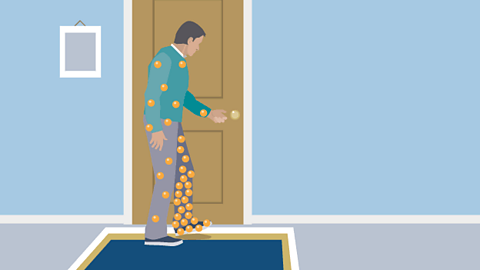
Image caption, A person can accumulate electrostatic charge if they scuff their feet as they walk
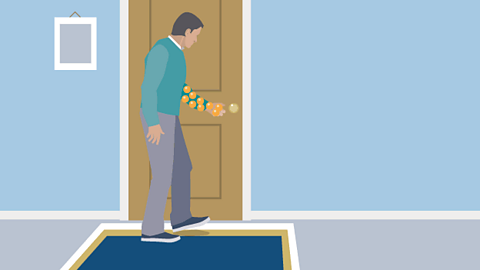
Image caption, An negatively charged person approaches the door handle that is an earthed conductor. Electrons can jump from the person to door handle, forming a spark.
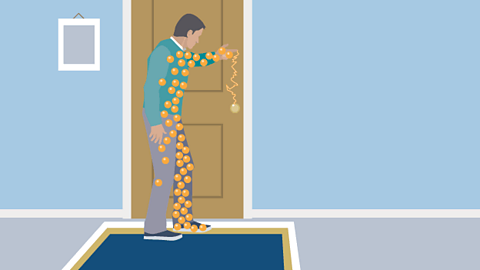
Image caption, The more charge the person or object has the further the spark can jump
1 of 3
Machines that generate static electricity

Machines designed to generate static electricity, like Van de Graaff generators or Wimshurst machines can produce large electrostatic sparks. These sparks can reach around 10cm in length.

Lightning
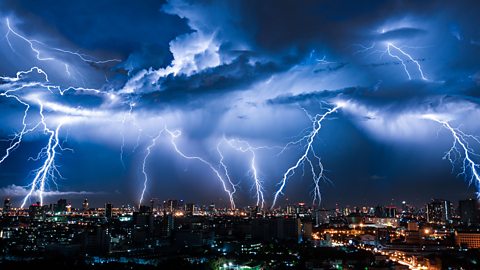
Lightning bolts are an example of a very large electrostatic spark and they transfer enormous amounts of charge.
The sparks that jump between the thundercloud and the ground are typically around 3 to 5 km long and the air locally can reach temperatures of around 30 000 °C.

The balloon experiment

Try this experiment at home to find out how objects can discharge, as the charge 'leaks away'.
Inflate a balloon.
Charge the balloon by rubbing it vigorously against your hair or a jumper.
Put the rubbed surface of the balloon against a wall - the electrostatic force should keep it there. If not then charge it more by rubbing it on your hair or jumper and then try again.
Measure the time taken for the balloon to fall from the wall. You can use a watch or a stop-watch (eg on a phone) to do this. Be patient! It is sometimes possible to get a balloon to stay on the wall for several hours.
Write down your result in a table.
Repeat the experiment to get three readings.
| Weather conditions | Time for balloon to fall (minutes) 1st reading | Time for balloon to fall (minutes) 2nd reading | Time for balloon to fall (minutes) 3rd reading | Mean average |
|---|---|---|---|---|
| 1. | ||||
| 2. | ||||
| 3. |

Once you have recorded each time taken calculate a mean average. Find out how to calculate a mean average in this Working Scientifically guide.
The whole experiment can then be done again on a different day when the weather has changed.
Look at the times you recorded. Can you see a link between the weather conditions and the amount of time taken for the balloon to fall?
It is important to make your experiment as fair and accurate as possible. When measuring the effect of weather on the balloon's charge, what steps could you take to ensure the results aren't affected by anything else?
You wanted to find out how the weather affects the time for a balloon to drop. Anything else that could affect the result should be kept the same. These are called control variables. Examples of control variables include:
the size of the balloon
how many times the balloon was rubbed
the surface type of the wall
Test your knowledge
Quiz
GCSE exam dates 2025
Find out everything you need to know about the 2025 GCSE exams including dates, timetables and changes to exams to get your revision in shape.

More on Electricity
Find out more by working through a topic
- count5 of 11
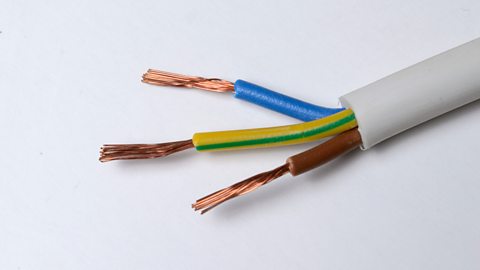
- count6 of 11
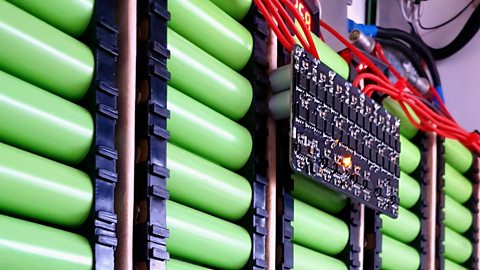
- count7 of 11

- count8 of 11
